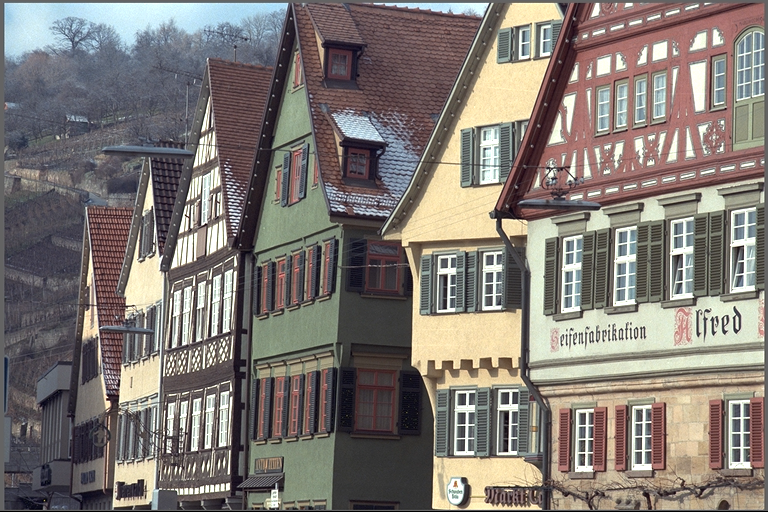2D 图像卷积
概述
2D 图像卷积应用程序输出一个包含输入图像边缘的图像,并将结果保存为磁盘上的图像文件。您可以定义将用于处理的后端。
- 注意
- 输出将为灰度图像,因为卷积目前仅支持单通道图像。
说明
命令行参数为
<backend> <input image>
其中
- backend: 可以是 cpu、cuda 或 pva;它定义了将执行处理的后端。
- input image: 输入图像文件名;它接受 png、jpeg 以及可能的其他格式。
这是一个示例
- C++./vpi_sample_01_convolve_2d cpu ../assets/kodim08.png
- Pythonpython3 main.py cpu ../assets/kodim08.png
这是使用 CPU 后端和提供的示例图像之一。您可以尝试其他图像,但请遵守算法施加的约束。
结果
| 输入图像 | 输出图像,边缘 |
|---|---|
 |  |
源代码
为了方便起见,以下代码也安装在 samples 目录中。
语言 137 // Submit it for processing passing the input image the result image that will store the gradient.
138 CHECK_STATUS(vpiSubmitConvolution(stream, backend, image, gradient, kernel, 3, 3, VPI_BORDER_ZERO));
147 CHECK_STATUS(vpiImageLockData(gradient, VPI_LOCK_READ, VPI_IMAGE_BUFFER_HOST_PITCH_LINEAR, &outData));
154 cv::Mat cvOut(outPitch.planes[0].height, outPitch.planes[0].width, CV_8UC1, outPitch.planes[0].data,
声明处理图像格式转换的函数。
声明使用卷积核执行图像滤波的函数。
用于处理 VPI 图像的函数和结构。
用于处理 VPI 与 OpenCV 互操作性的函数。
VPI 状态代码处理函数的声明。
声明处理 VPI 流的函数。
VPIStatus vpiSubmitConvertImageFormat(VPIStream stream, uint64_t backend, VPIImage input, VPIImage output, const VPIConvertImageFormatParams *params)
将图像内容转换为所需的格式,带有可选的缩放和偏移。
VPIStatus vpiSubmitConvolution(VPIStream stream, uint64_t backend, VPIImage input, VPIImage output, const float *kernelData, int32_t kernelWidth, int32_t kernelHeight, VPIBorderExtension border)
对图像运行通用的 2D 卷积。
VPIStatus vpiImageLockData(VPIImage img, VPILockMode mode, VPIImageBufferType bufType, VPIImageData *data)
获取图像对象的锁并返回图像内容。
VPIStatus vpiImageCreate(int32_t width, int32_t height, VPIImageFormat fmt, uint64_t flags, VPIImage *img)
创建具有指定标志的空图像实例。
VPIStatus vpiImageCreateWrapperOpenCVMat(const cv::Mat &mat, VPIImageFormat fmt, uint64_t flags, VPIImage *img)
使用给定的图像格式将 cv::Mat 封装在 VPIImage 中。